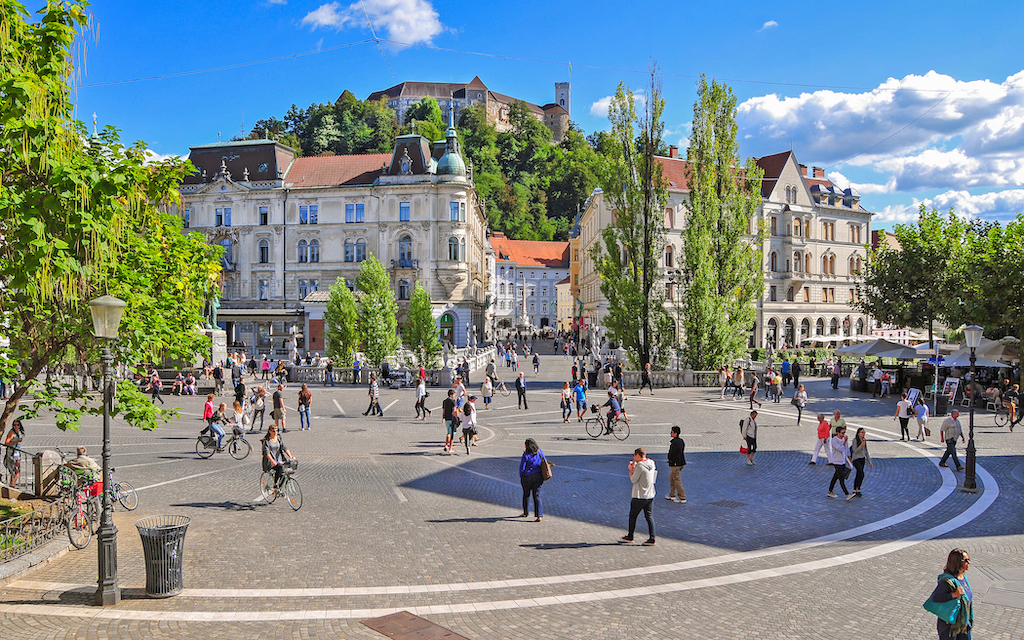By: Vida Kocjan
Living in independent Slovenia brings us prosperity, our standard of living has improved incredibly in 30 years and there is no comparison with the situation we were in before. The lag behind the most developed countries of the European Union has also improved significantly.
In 1991, Slovenia had an extremely low gross domestic product (GDP) per capita. Only 5,000 euros, which ranked it among the worst countries. In 2021, GDP is already 22,973 euros per capita, or 4.6 times higher than 30 years ago.
Farewell to hyperinflation, wages 29 times higher
Inflation, which is a measure of rising prices and thus the cost of living, was as high as 247% in 1991. Slovenia was in a spiral of recession with hyperinflation. A year later, inflation was 92.9%, and it dropped to a normal level in independent Slovenia by 1995, when it was measured in a single-digit number. In 2021, inflation is negligibly low.
A large indicator of our standard of living is also the average net salary of an employee. In 1991, the average salary in Slovenia was 43 euros, and 30 years later it is 1,254 euros or 29 times more. What is important here is what we can buy for a monthly salary. Some prices for basic necessities can be seen in the graphs, and the differences are especially large for technical products. In 1991, we had to work for almost two months (339 working hours) to buy a TV, 30 years later that is about a third of a month. The situation is similar with a washing machine, where a monthly salary 30 years ago was not enough to buy one, and 30 years later we can buy more than two solid washing machines with an average monthly net salary. An interesting comparison is the purchase of a smaller Renault passenger car; in 1991 we had to work for it for 23 months (two years), but now about a year or even less is enough.
Better standard, longer life expectancy
A higher standard also allows us to live longer. In 1991, the average life expectancy in Slovenia was 70 years, this year it is 81 years. We also have more centenarians. If there were only 26 of them in 1991, according to the latest statistics, there are already over 250 or almost ten times as many. Let us add information about the average size of an apartment. In 1991, it averaged 69 square meters, now it is about 85 square meters.
Twice as many cars
Another interesting indicator is the number of registered passenger cars. In 1991, there were 784,550 registered vehicles in Slovenia, now there are more than 1.61 million or more than twice as many.
In 1990, only one in ten households had a dishwasher, and recent data have shown that around two-thirds of all households already have one. 72 percent of households had a color TV, and 96 percent 30 years later.
More than four times as many tourists
Finally, let us add information about tourist arrivals, which show how interesting our Slovenia is for foreign guests. At the time of independence, there were about 1,400,000 tourist arrivals, in 2019 there were already 6.2 million or 4.4 times more. This is also a comparable figure, as 2020 and 2021 are marked by the covid-19 pandemic.
The standard of living has greatly improved
These are just a few data that show that the standard of living of more than 2.1 million inhabitants of the Republic of Slovenia has really improved significantly in the 30 years of the independent state.

